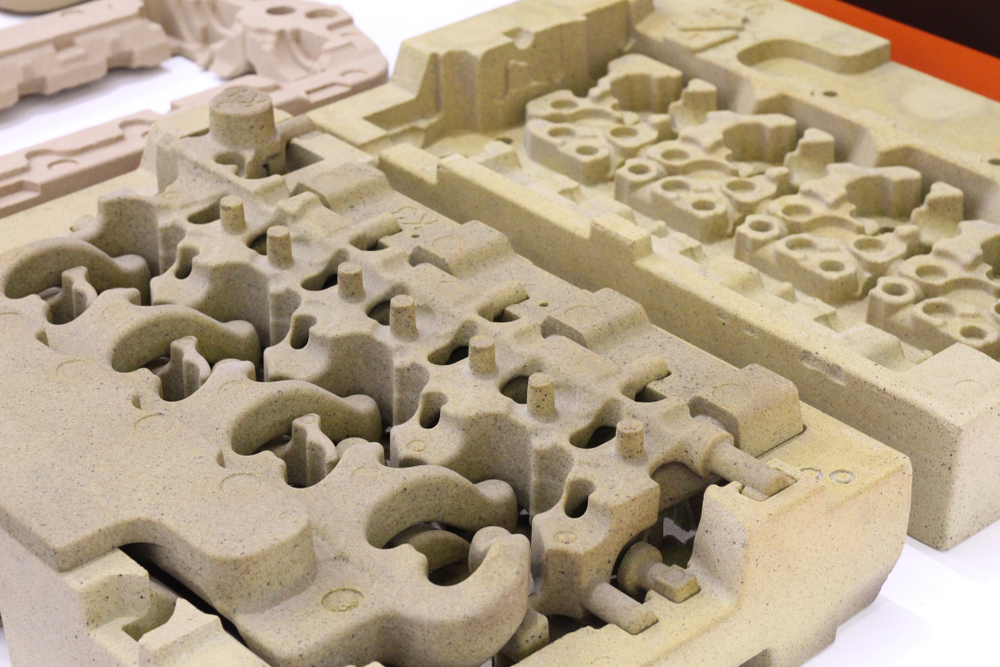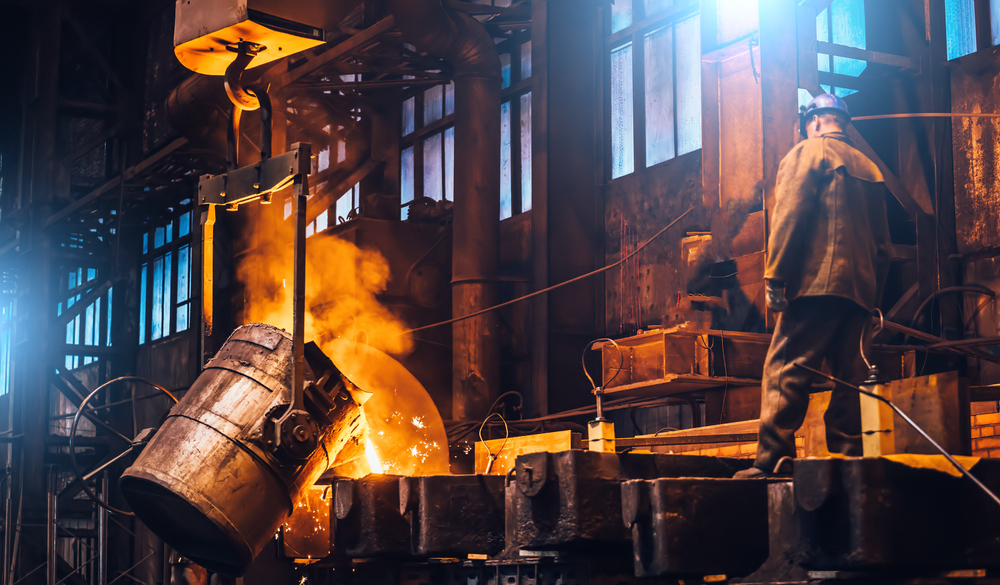The metal casting industry plays a critical role in producing high-quality components and parts for various industries, including aerospace, automotive, and construction. The foundry metal casting industry specifically focuses on producing castings using various techniques, such as sand casting, investment casting, and die casting. To ensure the quality and reliability of these castings, the industry relies heavily on the use of video borescopes and endoscopes.
Typical Defects in Metal Casting Industry Detectable with Borescopes and Endoscopes
There are various defects that can arise in the metal casting process, including porosity, cracking, and inclusions. Some of the common defects that can be detected with video borescopes and endoscopes are:
- Porosity: Pores or voids within a casting can weaken its structure and reduce its strength. Video borescopes and endoscopes can detect porosity by inspecting the internal surfaces of castings for voids or holes.
- Cracking: Cracks can occur due to improper casting techniques, improper cooling, or high stress during casting. Video borescopes and endoscopes can detect cracks by inspecting the internal and external surfaces of castings for cracks and fissures.
- Inclusions: Inclusions are foreign materials that are trapped within the casting, reducing its strength and durability. Video borescopes and endoscopes can detect inclusions by inspecting the internal surfaces of castings for foreign materials.
Videoscope Utilization in the Foundry | Metal Casting Industry
Video borescopes and endoscopes are essential tools in the foundry metal casting industry, providing clear views of hard-to-reach or inaccessible areas of cast components. These scopes are used to inspect castings for defects, such as porosity, cracking, and inclusions, making it easier to detect and fix issues. The utilization of video borescopes and endoscopes in the foundry metal casting industry helps to reduce production time and costs, increase efficiency and improve product quality.

Benefits of Videoscope Utilization in the Foundry Metal Casting Industry
There are several benefits of using video borescopes and endoscopes in the foundry metal casting industry, including:
- Improved accuracy: By using these scopes, technicians can easily and accurately identify defects, reducing the likelihood of misdiagnosis and subsequent incorrect repairs.
- Enhanced efficiency: The use of video borescopes and endoscopes can significantly speed up the inspection process, reducing the time and cost involved in producing high-quality cast components.
- Increased safety: By using these scopes, technicians can perform inspections without having to disassemble a component, reducing the risk of injury and damage to the component.
- Non-destructive testing: The utilization of video borescopes and endoscopes allows for non-destructive testing of castings, helping to preserve the integrity of the components being inspected.
Obstacles in Videoscope Utilization in the Foundry | Metal Casting Industry
While video borescopes and endoscopes offer many benefits, there are also some obstacles to their usage in the foundry metal casting industry. Some of these obstacles include:
- Cost: The initial cost of purchasing a high-quality video borescope or endoscope can be substantial, making it difficult for some small casting companies to justify the investment.
- Training: Technicians need to be trained on how to properly use these scopes, which can also be a significant obstacle for some casting companies.
- Availability: Some casting companies may not have access to video borescopes and endoscopes,

